Planning your spring garden can be as exciting as it is cost-effective. Before making a trip to the home and garden store, explore the possibilities hidden behind your shed. Recycled materials lurking in garages and basements can be repurposed to create a DIY vegetable trellis, adding a thrifty and sustainable touch to your gardening endeavors.
As winter winds down, and the snow begins to melt, my enthusiasm for garden planning kicks into high gear. Armed with graph paper and a desire to maximize every square foot without breaking the bank, I turn to recycled materials to craft my DIY vegetable trellis. Here are innovative ideas to fashion your trellis using items you might already have lying around.
-
Branches and Twine:
Utilize fallen branches and twine to fashion a customized vegetable trellis. Create a clothesline-style structure with two sturdy X shapes interwoven with twine, or opt for a teepee design with branches arranged in a circular fashion. Weave twine at various heights to offer climbing support for vegetables.
-
Wooden Pallets:
While caution is advised with pallets used for planters, they can serve excellently for trellises. Lean two pallets against each other for a double-sided trellis, screw two together to form a right angle, or simply lean a pallet against a fence or wall. Add twine or wire at intervals to support growing vegetables.
-
Fencing or Chicken Wire:
For those who save odds and ends, old fencing or chicken wire can be repurposed into a DIY vegetable trellis. Shape the material to fit your garden space, either leaning it against a wall or fence, or creating a freestanding structure for climbing vegetables.
-
Bicycle Rims:
Take an unconventional route by using old bicycle rims. Connect two rims with a pole to form a 360-degree trellis or mount them vertically on a post or fence. The spokes provide excellent support for climbing vegetables, adding a unique touch to your garden design.
-
Old Screen Door:
The sturdy structure of an old screen door is ideal for a DIY vegetable trellis. Weave twine or wire through the wide opening, or attach pieces of wood or bamboo to create vertical spaces for climbing vegetables.
-
A Wall and Strong Ropes:
If you have a robust wall or fence, attach ropes or strong wire both vertically and horizontally to create a grid. Ensure sufficient space between other invasive plants like ivy to prevent potential damage to your trellis over time.
-
Think Outside the Box:
Unleash your creativity with unconventional materials such as old headboards planted in the ground or repurposed metal box springs. The key is to think vertically and provide ample perches for your climbing vegetables.
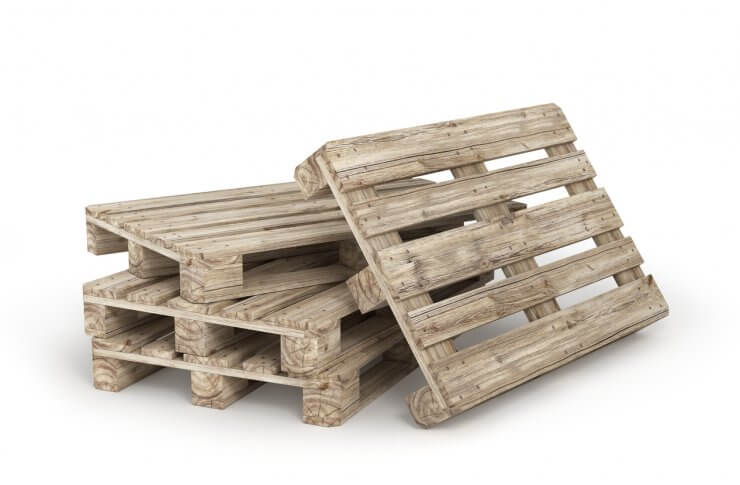
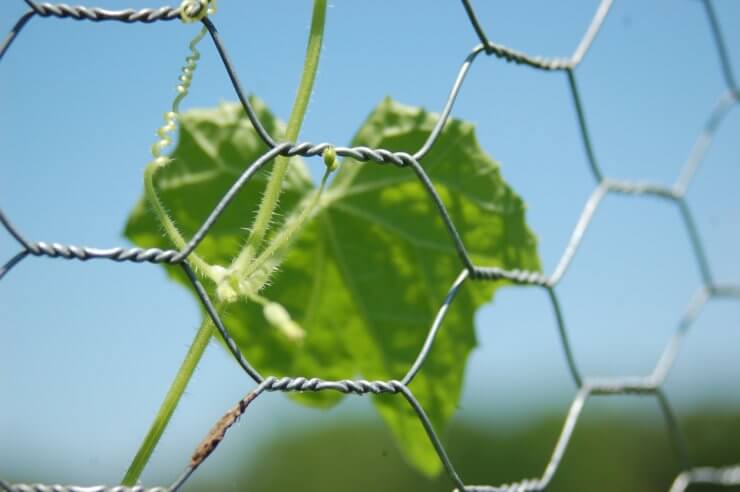
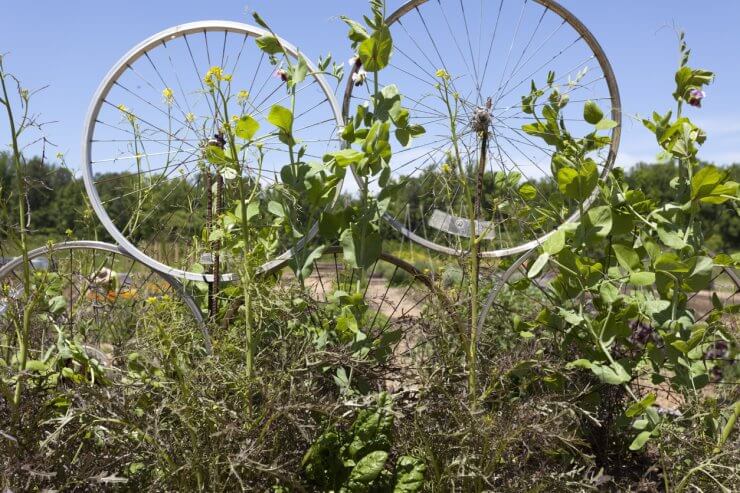
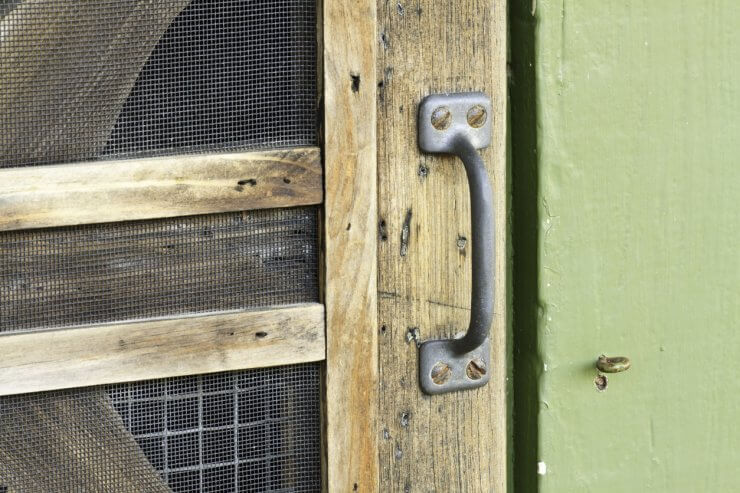

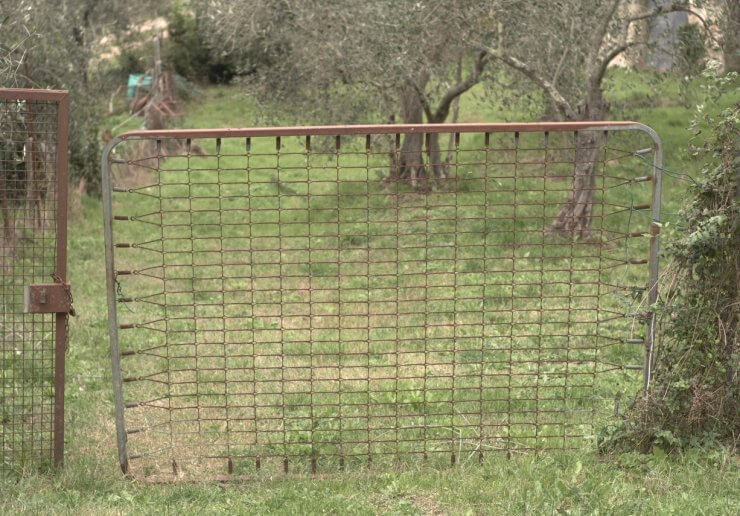
The possibilities are endless when it comes to crafting a DIY vegetable trellis. Share your innovative trellis ideas and experiences in the comments below!


 Previous
Previous

